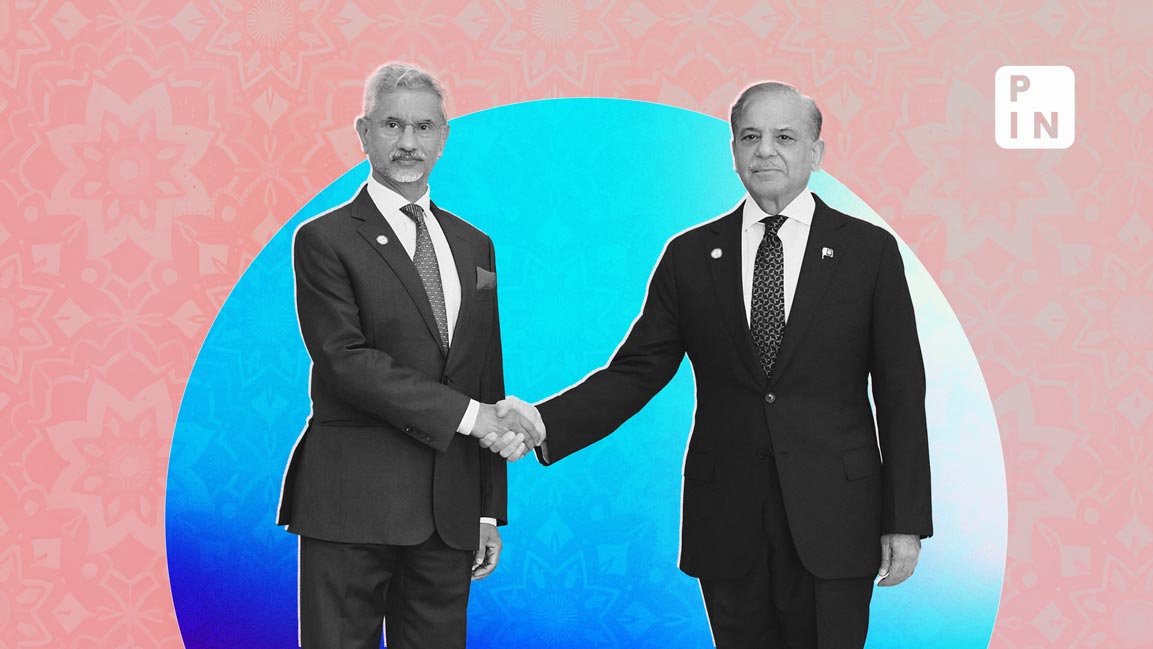- | 1:00 pm
RBI may maintain status quo on monetary policy
The Reserve Bank may keep its benchmark repo rate unchanged at 6.5% for a seventh consecutive time

The Reserve Bank of India (RBI) is likely to maintain the status quo on policy rates on Friday, 5 April, amid a rebound in consumption activity and lingering risks to food inflation following government forecasts of a harsh summer.
RBI is expected to keep its benchmark repo rate unchanged at 6.5% for a seventh consecutive time, according to a Bloomberg survey of 39 economists, with three of them seeing the regulator changing its hawkish stance to neutral.
An SBI Research note released this week said that the banking regulator is expected to cut rates only in the October-to-December quarter of the current fiscal year.
“India (is) a notable exception to strong evidence of emerging economy central bank rate actions being predicated by advanced economy central bank rate actions. We expect deposits and credit may grow 14.5-15% and 16.0-16.5%, respectively, in FY25. RBI might cut rates only in Q3FY25,” Soumya Kanti Ghosh, group chief economic adviser at State Bank of India, said in the note.
Goldman Sachs, in a recent report released last month, said it expects the RBI’s monetary policy committee (MPC) to keep the policy repo rate unchanged, retain the monetary policy stance of ‘withdrawal of accommodation’, sound optimistic on growth, and continue to reiterate the commitment to the 4% headline inflation target.
It sees headline inflation at 5.2% in the January-March quarter, driven by high food inflation, though core inflation has declined below the RBI’s target of 4%.
“We expect RBI to take comfort from declining core inflation, slightly soften its hawkish forward guidance, but remain cautious given upside risks to food inflation from weather shocks, and repricing of the Fed funds rate easing path,” the report, co-authored by Goldman Sachs analysts Santanu Sengupta, Arjun Varma, and Andrew Tilton, said.
“In our view, when RBI eventually starts the easing cycle, we expect them to run liquidity surpluses and let the inter-bank rate trade below the repo rate – we forecast one 25 basis points cut each in Q3 and Q4 of CY24,” the Goldman Sachs analysts said.
India’s real gross domestic product (GDP) grew 8.4% year-on-year in the October-to-December quarter, driven by higher investment spending, while private consumption expenditure was subdued.
Goldman Sachs said it expects the headline Consumer Price Index-based (CPI) inflation to increase modestly to 5.2% in March from 5.1% in February on a rise in vegetable prices, especially onion and potato, and pulses.
“The combined effect of the increase in vegetable and pulses prices along with sticky cereals inflation is likely to keep food inflation elevated at 8.1% year-on-year, it said.
“We further expect the RBI to retain its monetary policy stance (as signaled by the comment that they will “remain focused on withdrawal of accommodation to ensure that inflation remains within the target going forward, while supporting growth,” the analysts said in the note.













